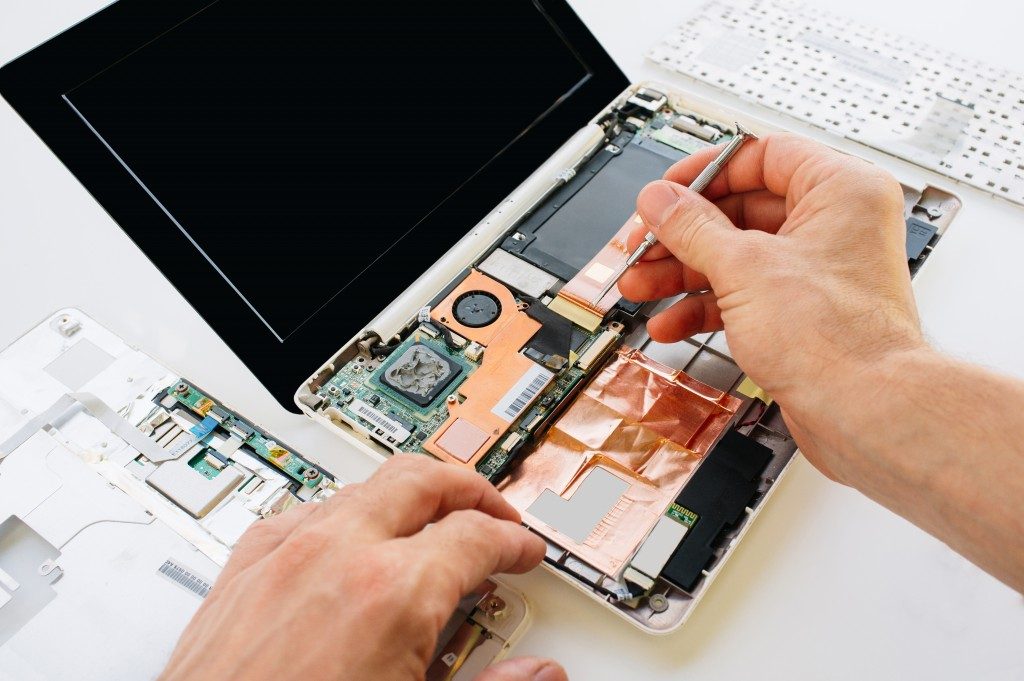When it comes to replacing electronics, there are two general rules that we tend to follow: damage and time. If the damage is a bit too extensive or the device itself is old, the decision to replace is easier to call than that of repair.
However, there are times where the damage is a little trickier to identify. These are the times where we have a crack that we’re not quite sure of running through the screen or casing — so the question becomes less of replace than repair. However, for the sake of time and aesthetics, we often tend to gravitate towards replace to save time.
But there are some excellent arguments to be made in favor of repairing the device, especially since replacement can cost quite a bit.
Repairing cracked “anythings”
Just as some stores can sell you a new cellphone or laptop in a heartbeat, there are others that specialize in fixing them. Stuff like Zebra repairs, phone screen protection, and laptop casing can be handled quite easily by local repair shops, and if you are thorough about researching where to go, they can be quite cheap as well.
Of course, the obvious drawback to this is that the parts that you’ll be getting (if any) will possibly be general purpose: that is, not specific to the exact device brand or type that you have. You see this most often with things like casings and peripherals like chargers, where it’s popular to repurpose general brand parts for specific models.
However, this isn’t necessarily a bad thing. Some models can be a little more sensitive to the introduction of general or foreign parts, but in cases where replacement would prove to be too expensive, this can prove as a viable fix.

Replacing some parts
On the other hand, replacement is an option if the damaged part isn’t too integral to the operation of the unit. A cracked laptop screen can easily be replaced via identifying the right size and model it is attached to, and can even be done at home (though this is generally not recommended if you have no experience messing with computer hardware.
This approach may be slightly less viable towards specific brands of laptops or mobile devices that are generally built to exact design specifications, and will not function with replacement parts. Newer devices are notoriously known for being difficult to replace, as they sacrifice the versatility of parts with overclocking capabilities of specific brands.
Making the call
Ultimately, it will fall on you to make the call whether replacing or repairing your device is the better option. Ideally, you’d do this backed with technical advice (especially having the damage looked at), but in case you are adamant about getting your specific brand of device, replacement may be your only option.
In general, it’s best to buy your devices with the express intent of either avoiding or addressing this problem when it arises. Knowing the risks of getting a particular type of device (laptop or mobile phone) is the best way to avoid damages or fix them if they do happen.

